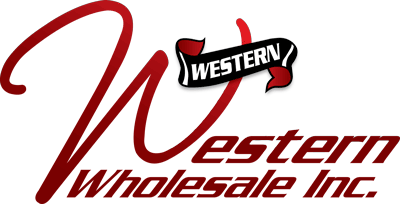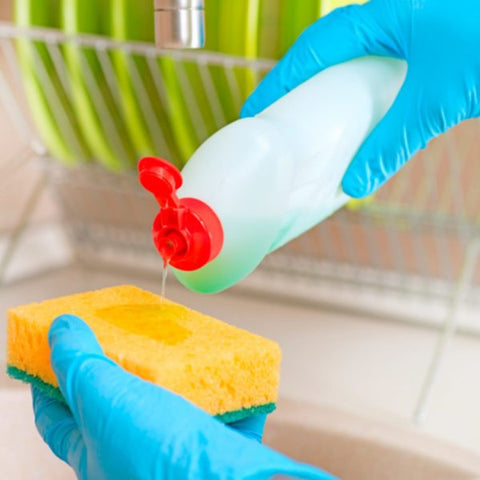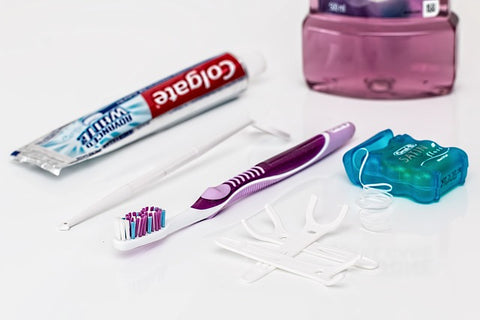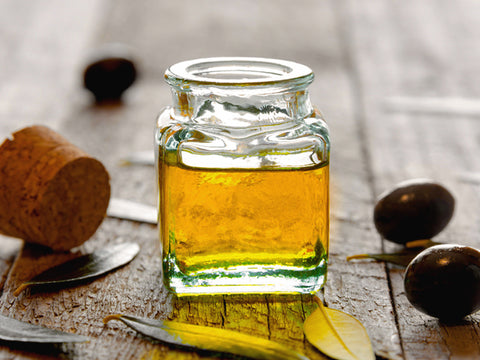Dishwashing liquid is something many of us take for granted. We use it every day – it’s a kitchen essential – and yet very few of us actually know much about it. Do you know why it’s important to use washing up liquid? Do you know how it works? Do you know how to ensure you use it safely in your home? No? Then here’s everything you need to know:
It’s important to use dishwashing liquid, but which one to choose? Look for a product that tackles tough grease, creates lasting bubbles (to save you using excess liquid), and is kind to your skin.
What is Dishwashing Liquid Used For?
Why use dishwashing liquid over plain water? Well, that’s obvious. Imagine washing your hair in water alone, or washing your clothes without using any detergent. It’s the soap that really gets dishes clean and removes any bacteria left by meats or fish. If you’ve enjoyed a cheeky fried meal, or an oily Indian curry, washing up liquid really is a lifesaver.
Grease clings to plates like a baby clings to a bottle of warm milk, and, as you’ll know, oils are immune to the effects of water – what you need is a product that can cut through grease, leaving clean plates that are ready to be used again. Of course, dishwashing liquid isn’t just used for cleaning dishes – diluted with water it makes an excellent bubble-blowing solution, and some people even swear by dishwashing liquid/detergent for washing their hair… each to their own.
How Does Washing Up Liquid Work?
Did you know that the way dishwashing liquid works is very clever? The solution contains molecules that have two opposing sides, one side is hydrophilic – means it loves water, and the other side is hydrophobic – which means it does everything it can to stay away from the water.
The hydrophobic sides of the molecules clings to the grease of the dirty dishes while the hydrophilic sides try their best to get into the water. Fortunately, the hydrophilic sides are a bit stronger and the molecules are drawn into the water with the grease attached.
How to Use Dishwashing Liquid?
There are two common ways to use dishwashing liquid:
Dilute is filling a dishpan or sink with water and adding the liquid detergent in. It is more economical and can make your dishwashing last longer and save you money. You only need one or two squirt to create enough soap to wash all of your dirty dishes. If you add too much you’ll be fighting through the suds to find your utensils and glasses;
Neat is applying or squirting dishwashing liquid directly into the sponge or washcloth and use it directly on the dirty dishes. Although this way is more convenient, if you’re doing this technique you are throwing away money, besides using too much of dishwashing liquid, you are also using more water to rinse it off.
After Using Dishwashing Liquid
Once you’ve finished washing, always rinse dishes in hot or cold water – always. So why is rinsing dishes in cold water so important? Well, there are a number of reasons why you don’t want those soapy residues all over your clean dishes.
First, allowing soap to dry onto your dishes can affect the taste of food and drink – not everyone notices, but those who are more sensitive to different tastes can definitely tell when there’s soap in the mix. Additionally, soap scum can affect the look of glass and crystal, making it look cloudy and smeared. Secondly, rinsing dishes with cold water is better for your health.
Source – Cleanipedia



